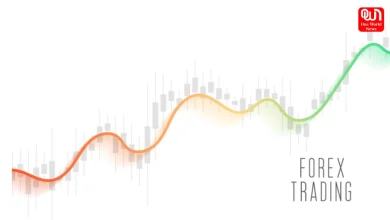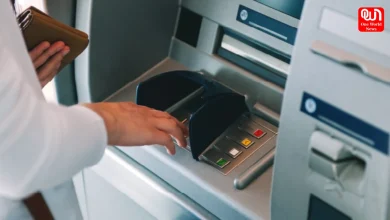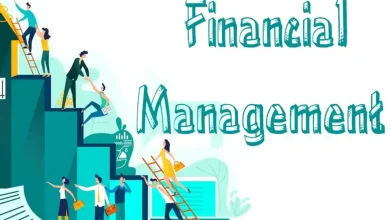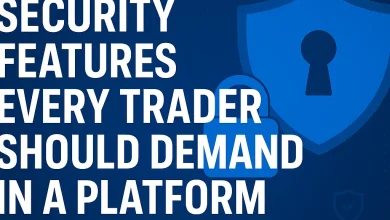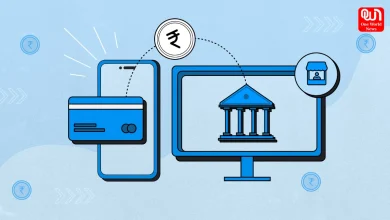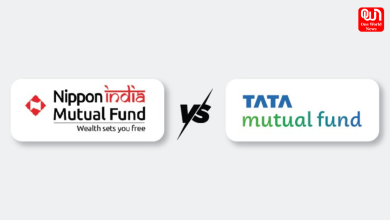Unsecured Loans in Bank Portfolios: What’s Going On?
Unsecured loans stress bank portfolios as digital lending grows; RBI measures and risk impacts. Fintech NBFCs most vulnerable.
Rising Concerns Over Unsecured Loans in Bank Portfolios, Know whole chaos here!
In recent times, bank portfolios have been lending more money to non-banking finance companies (NBFCs), with the amount climbing from Rs 7.75 lakh crore in March 2021 to Rs 9.23 lakh crore by September 2022. The RBI’s Centre for Advanced Financial Research and Learning (CAFRAL) has raised concerns about this trend of unsecured loans. There’s worry about the increase in bank funding for NBFCs, which could lead to potential financial problems down the line.
There will always be a time when you enter a new business at a wrong time.
Now that RBI is tightening screws on unsecured loans, PhonePe is entering the marketing to sell personal loans. pic.twitter.com/NFPvkORCPj— Arvind Datta (@datta_arvind) November 27, 2023
Unsecured Loans Under Stress
Interestingly, while banks point fingers at non-banking finance companies, especially those operating digital lending apps, they themselves are sitting on over Rs 93,240 crore of unsecured loans that are causing some trouble. These loans fall into a category called ‘special mention accounts’ (SMA). These accounts represent about seven percent of their total unsecured loans of Rs 13.32 lakh crore.
Understanding Special Mention Accounts
The SMA categories—SMA-0, SMA-1, and SMA-2—show different levels of stress in loan repayments. For example:
– SMA-0: No overdue payment, but signs of potential stress.
– SMA-1: Payment overdue between 31-60 days.
– SMA-2: Payment overdue between 61-90 days.
Exclusive: China may allow banks to offer unsecured short-term loans to qualified developers for the first time to ease the property crisis https://t.co/53iVqZRwyO
— Bloomberg Economics (@economics) November 24, 2023
Rising Concerns and Impact
The worry amplifies when we look at the numbers. Public sector banks have a higher percentage of unsecured personal advances falling into these stress categories compared to private banks. As of March 31, 2023, around 7 percent of banks’ unsecured retail loans are categorised as SMA-0, 1, or 2.
Read more:- UK Banks Close 1000+ Accounts Daily, MPs Also Affected
Impact on Different Lenders
An assessment by Care Ratings suggests that if these unsecured personal loans turn bad, fintech NBFCs would bear the most impact, followed by private sector banks, public sector banks, and other NBFCs. This emphasises the need for better risk management, particularly for fintech NBFCs, to navigate these challenges effectively.
Changing RBI Measures
The RBI has taken steps to discourage aggressive lending in certain segments. They increased the risk weights on bank exposure to consumer credit, credit card receivables, and NBFCs by 25 percent, aiming to control this lending trend.
We’re now on WhatsApp. Click to join.
What’s Driving the Loan Surge?
The surge in demand for unsecured personal loans can be attributed to various factors, including changes in demographics, increased purchasing power, the rise of fintechs, easy access to the internet and digital payment systems, and better credit information availability. This tech-finance fusion has made personal loans more accessible, contributing to their growth in the market.
Read more:- HDFC’s Merger Propels It to Top Global Banks
In essence, while banks are pointing fingers at NBFCs for the rise in stressed loans, they’re also holding a significant portion of such loans themselves. It’s a complex situation that demands careful management and measures to prevent potential financial instability.
Like this post?
Register at One World News to never miss out on videos, celeb interviews, and best reads.


